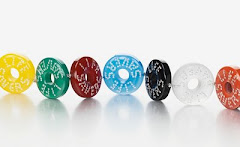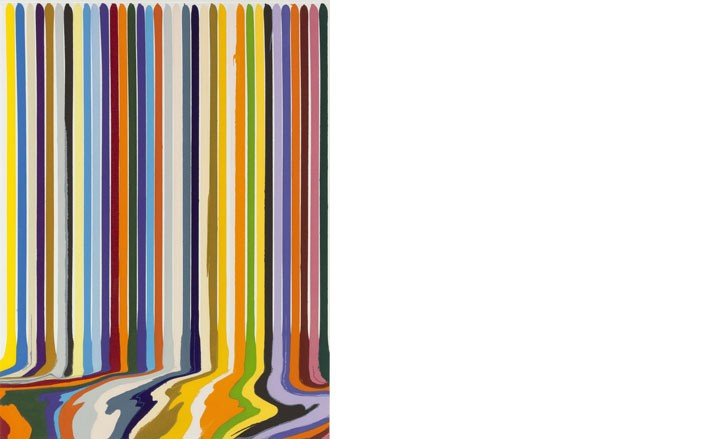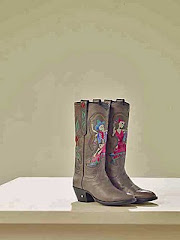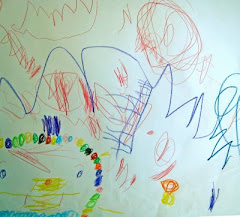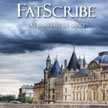
I decided to share a project I had worked on once upon a time when I worked at Moore Ruble Yudell Architects and Planners. This project has been published several times...but I decided to quote bits and pieces from a site called ArchNewsNow: "In May 2001, Sweden presented its first international housing exhibition (and one of the largest ever mounted) in Malmö called Bo01: The City of Tomorrow. It combined not only temporary exhibitions that envisioned urban life in the future based on environmental sustainability and information technology, but also included an actual mixed-use development called Boplatsen. Moore Ruble Yudell Architects & Planners (MRY) from Santa Monica, California, collaboration with Bertil Öhrström of FFNS Arkitekter AB of Sweden, was the only American firm among many European and Scandinavian architectural practices commissioned to design a residential city block in the city’s new housing and office district."

"The site was an industrial brownfield – formerly a SAAB automobile assembly factory. To remove the underground pollutants, the landscape planning combines biology and sustainability, using different species of flora that can extract the pollutants from the ground.
Ranging from two-and-half to four-and-a-half floors in height, the building has a total gross area of 33,000 square feet on a site area of 18,228 square feet. The project houses 27 rental apartments, from 600-square-foot studios to 1,950-square-foot, three-bedroom units, with no floor plan repeated."

"One of the challenges was to make each unit unique and still relate the entire block to the surrounding urban fabric. This was met by developing a flexible system for articulating the perimeter’s exterior elevations and the correlation between interior space and exterior expression. Since the different individual units are stacked, the potential for exterior chaos is mediated by a super-order grid that is composed of ribbed pre-cast panels on the perimeter of the city block site. A datum of alternating horizontal and vertical panels modulates the random placement of windows, creating a syncopated pattern that reflects the flexible configurations of the dwelling units from floor to floor. A contemporary reinterpretation of the traditional board and batten construction and the louvered texture of the panels capture and reflect the precious northern light while providing a discreet street presence.
The exterior treatment contrasts with the vibrant, almost playful architectural expression – and vibrant colors – of the interior courtyard facades. In this shared social space, undulating and twisting glazed towers that vary from two to four floors “dance” around a west-facing garden. With distant views of the Öresund Sound at higher levels, the living room of each unit occupies part of a tower, projecting inward to “borrow” space from the garden while making the interior units feel more spacious. Likewise, entire walls of glass open onto the garden, allowing the units to literally flow into the landscape. In the evening, when their screens of fretted glass are lit from within, the glass towers glow like a series of Chinese lanterns in the garden."

"The courtyard, better known as “The Yard,” interprets the metaphor of an island wetland through its formal design and plantings. Oriented toward the west, a central mound or “island” is irregularly divided into distinct parts: the eastern part is an “uncultivated” landscape of reeds, grasses, and a spiraling pool, while the western part is a timber deck. Residents can gather, formally or informally, in this central outdoor space, especially in the summertime. Individual footbridges above an expanse of marshy land reminiscent of the geography and flora of the nearby Öresund Sound, lush with grasses, reeds, bamboo, and perennials, link the residential cores to the island. The marsh vegetation is fed by recycled rainwater through manmade streams and a pond made of regular-cut stones and concrete, and provides an ever-changing palette of color and texture through Malmö’s diverse seasons and light conditions.
Photovoltaic panels on the roof provide heating and cooling for the building. Roof surfaces are also covered with grass to restore oxygen to the atmosphere. Rainwater is recycled and used to irrigate water gardens. Run-off water from other surfaces such as metal panels, paving, and concrete, is directed into a perimeter channel and then brought into a central cistern, cleaned, and returned to the ocean."

"All exterior windows are triple-glazed to provide insulation; the outside layer contains transparent Aragon gas that warms air as it passes through the layer on its way to warm the interior. An “intelligent wall' that runs through each unit supports power and data cabling, and orients all mechanical and technical equipment toward the interior of the block.
The project represented Sweden at the 2001 Venice Biennale, and received Sweden’s 2002 Building of the Year Award."
So...this is just a glimpse of the projects I have worked on...now I'm working on some crazy exams which I am taking on Friday. Wish me luck :)
















